Features From the Issue
-
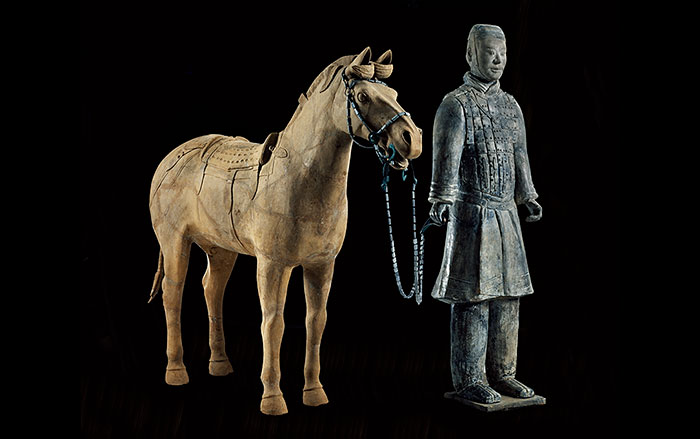 (Araldo de Luca)
(Araldo de Luca) -
Features
In Search of a Philosopher’s Stone
At a remote site in Turkey, archaeologists have found fragments of the ancient world’s most massive inscription
 (Martin Bachmann)
(Martin Bachmann) -
Features
All in a Day’s Work
Discoveries at the ancient Egyptian town of Deir el-Medina are providing insights into the health and well-being of workmen who dug tombs for royals
-
Features
Lost Island of the Maya
A submerged ancient pilgrimage site in Guatemala is slowly revealing its past
-
Features
A Precious Secret
How Korean scientists solved a centuries-old mystery

Letter from Virginia
Letter from Virginia
Free Before Emancipation
Excavations are providing a new look at some of the Civil War’s earliest fugitive slaves—considered war goods or contraband—and their first taste of liberty

Artifact
Artifacts
Gold Lock-Rings
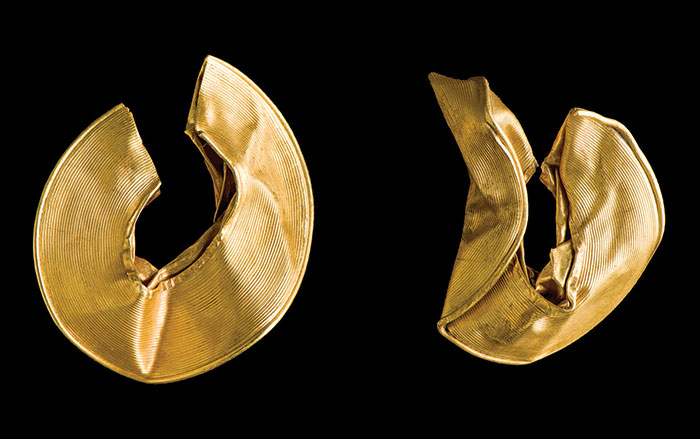
Digs & Discoveries
-
Digs & Discoveries
A Spin through Augustan Rome
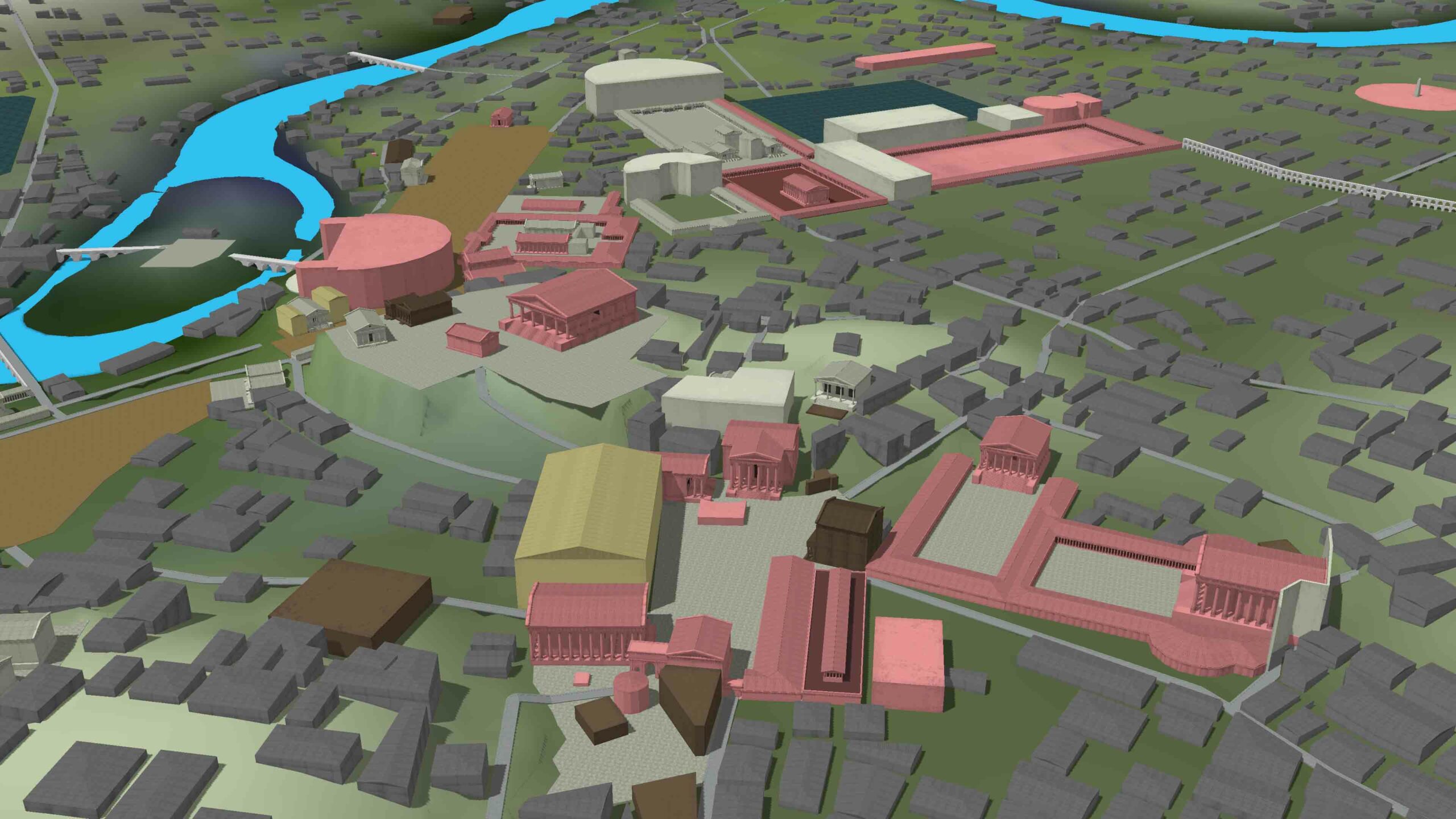 (Courtesy and created at the Experiential Technologies Center, UCLA, ©Regents of the University of California)
(Courtesy and created at the Experiential Technologies Center, UCLA, ©Regents of the University of California) -
Digs & Discoveries
The First Toolkit
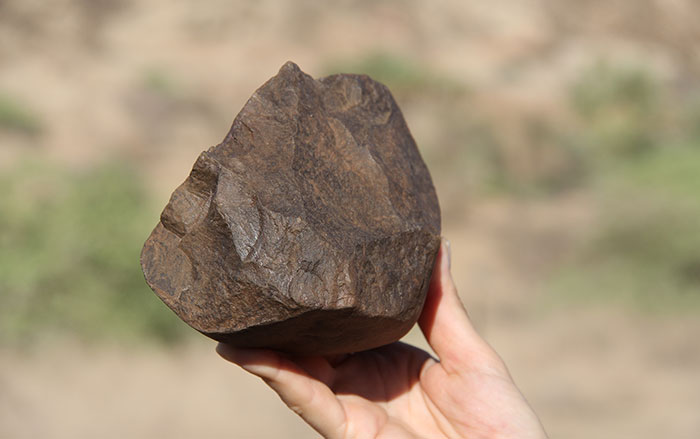 (MPK/WTAP)
(MPK/WTAP) -
Digs & Discoveries
Anglo-Saxon Jewelry Box
 (Courtesy Tom Lucking)
(Courtesy Tom Lucking) -
Digs & Discoveries
Wrecks of the Pacific Theater
 (National Archives)
(National Archives) -
Digs & Discoveries
The Environmental Cost of Empire
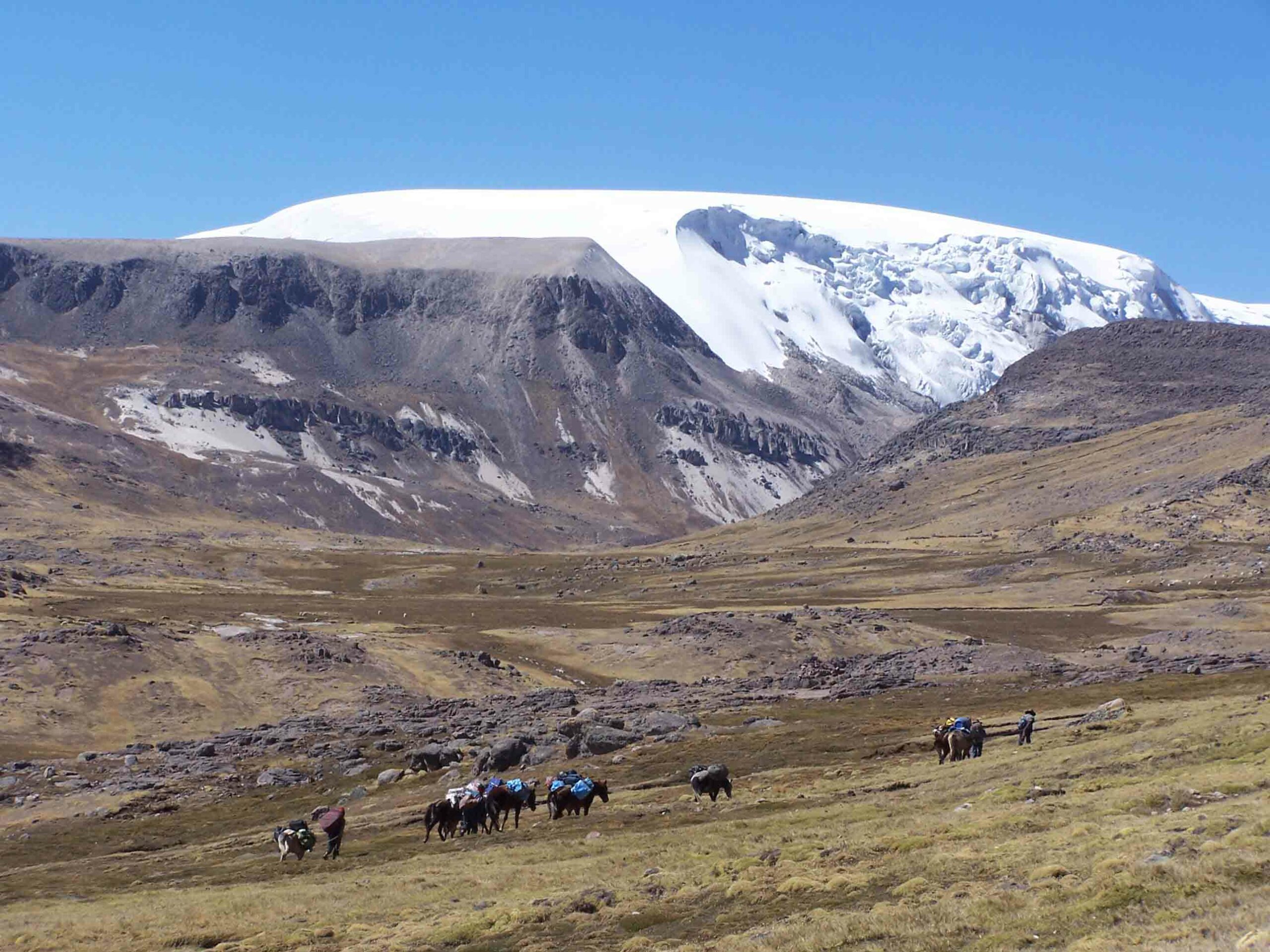 (Courtesy Paolo Gabrielli, The Ohio State University)
(Courtesy Paolo Gabrielli, The Ohio State University) -
Digs & Discoveries
One Ring to Bind Them
 (Courtesy Christer Åhlin)
(Courtesy Christer Åhlin) -
Digs & Discoveries
Cosmic Rays and Australopithecines
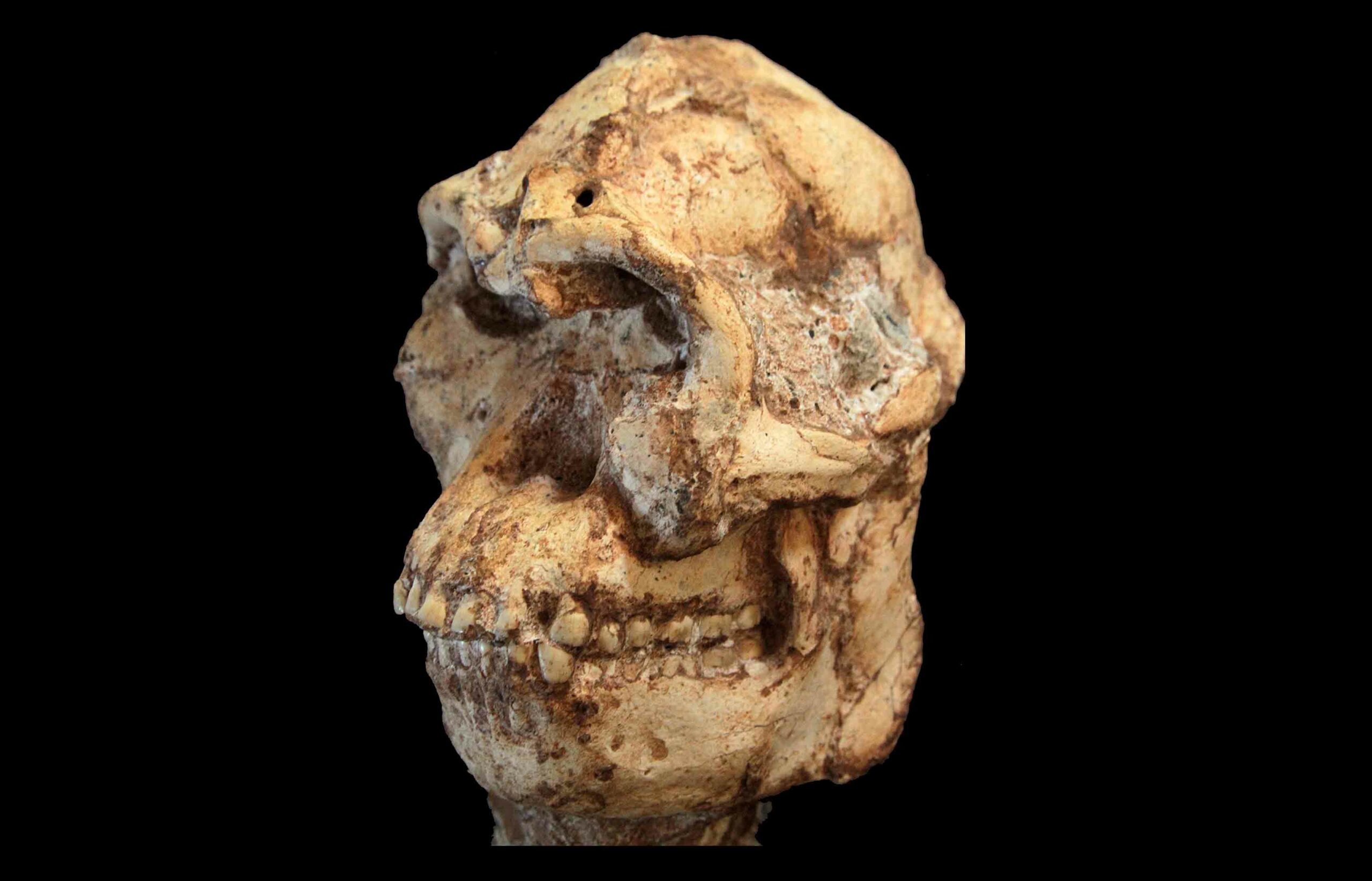 (Courtesy the University of the Witwatersrand)
(Courtesy the University of the Witwatersrand) -
Digs & Discoveries
Bison Bone Mystery
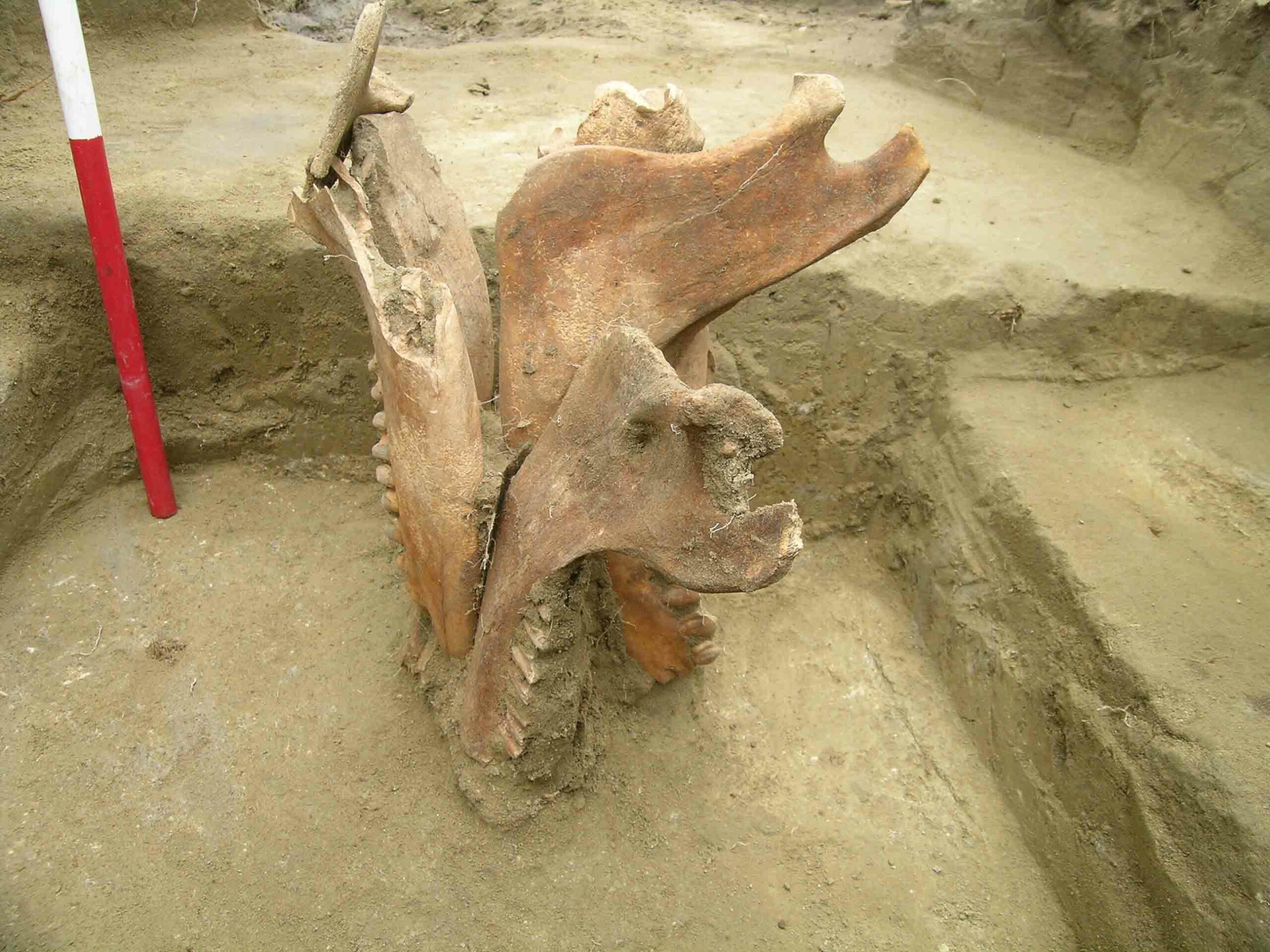 (Courtesy Shawn Bubel)
(Courtesy Shawn Bubel) -
Digs & Discoveries
Rome's Earliest Fort
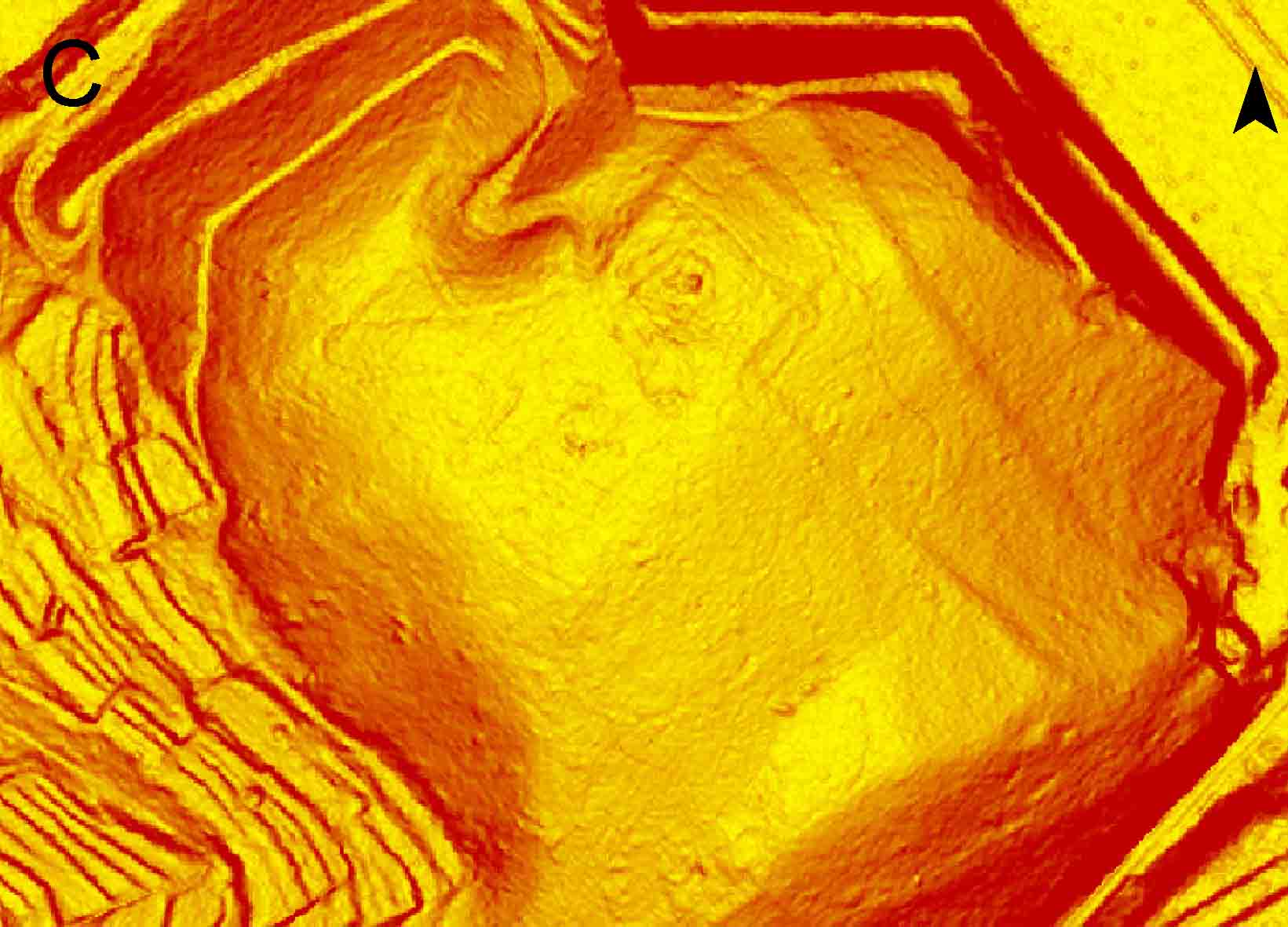 (Courtesy Civil Protection of Friuli Venezia Giulia)
(Courtesy Civil Protection of Friuli Venezia Giulia) -
Digs & Discoveries
A Parisian Plague
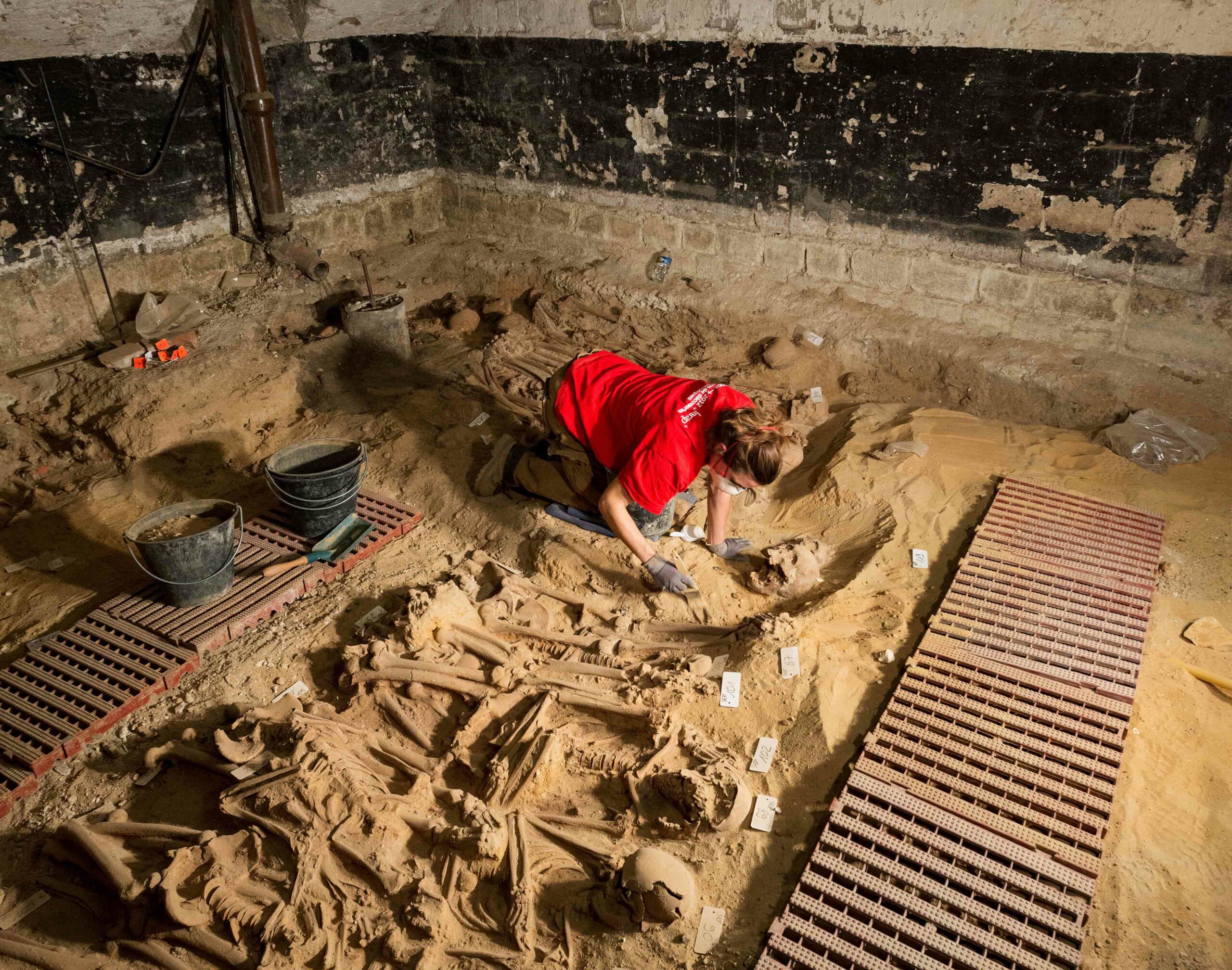 (Courtesy; Denis Gliksman, INRAP)
(Courtesy; Denis Gliksman, INRAP) -
Digs & Discoveries
Finding Lost African Homelands
 (Courtesy Hannes Schroeder, Photo: Jay B. Haviser, St Maarten Archaeological Centre)
(Courtesy Hannes Schroeder, Photo: Jay B. Haviser, St Maarten Archaeological Centre) -
Digs & Discoveries
Neanderthal Necklace
 (Courtesy Luka Mjeda)
(Courtesy Luka Mjeda) -
Digs & Discoveries
Slime Molds and Roman Roads
 (Wikimedia Commons, frankenstoen)
(Wikimedia Commons, frankenstoen) -
Digs & Discoveries
Open House
 (Pasquale Sorrentino)
(Pasquale Sorrentino)
Off the Grid
Off the Grid July/August 2015
Carnuntum, Austria
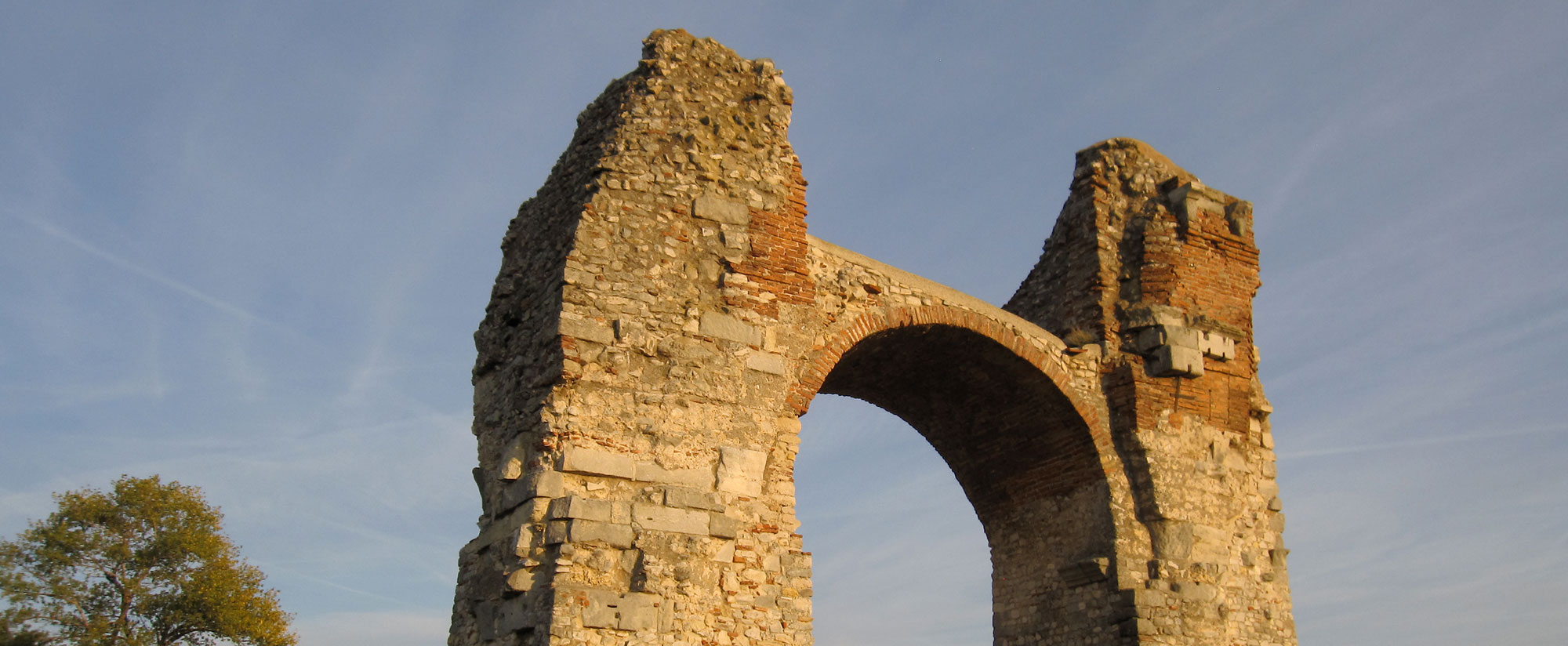

Around the World
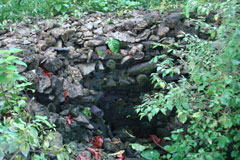
MICRONESIA

MICRONESIA: Nan Madol, the ruined ancient canal-city, has a lesser known sister site in Leluh off the island of Kosrae. Like Nan Madol, Leluh contains walls and canals of basalt, but it also has tombs partially built with live coral. Scientists dated coral from the tombs to as early as the 1300s, 300 years older than they had been thought to be. Early establishment of the city suggests a long history as a significant political and economic force in the region and rival to Nan Madol. —Samir S. Patel
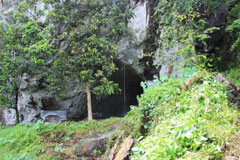
SRI LANKA

SRI LANKA: It was thought that humans didn’t begin to live in tropical rain forests and rely on their resources until about 8,000 years ago, in part because the environment can be difficult to navigate and contains fewer accessible food sources than savanna or grasslands. But a new study of isotopic data from human remains dating back 20,000 years shows that until the dawn of agriculture on the island, people actually relied almost exclusively on food from rain forest–related environments rather than open grassland. —Samir S. Patel
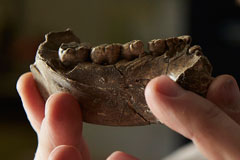
ETHIOPIA

ETHIOPIA: A recently discovered fossilized mandible may represent the earliest member of the genus Homo: It dates to around 2.8 million years ago, or 500,000 years earlier than the next oldest known examples. This period in human evolution—the transition from Australopithecus to Homo—is still not well understood ("The First Toolkit," page 12). The bone and teeth have traits that appear to bridge the earlier (rounded chin) and later (slimmer molars) species. It may be a key finding for understanding the origins of our genus. —Samir S. Patel

